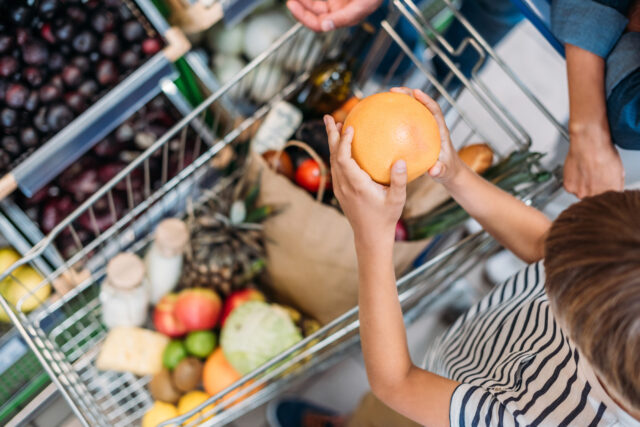California public schools are an important source of food and nutrition for many students, serving nearly 3 million free lunches and 1.5 million free breakfasts each school day. The end of the academic year can increase food insecurity for families that rely on these meals. Communities continue to serve free meals for kids during the summer, but there is a substantial drop off in participation. In recent years, with both state and federal funds, California has greatly expanded its school meals program. Plans to permanently add a second mode of assistance—in the form of debit cards that can be used for groceries—aim to help more families feed their children when school is out of session.
Prior to the COVID-19 pandemic, state law required all public schools to make one nutritionally adequate meal available to low-income students during school. Federal law has long funded these meals free of charge to low-income students, and at a reasonable cost to all students. Starting with the 2022–23 school year, the state requirement has been expanded to include two meals each school day, provided free of charge to all students, paid for with a combination of federal and state funds. This change in state law permanently extends the temporary federal provision of universal school meals that began in spring 2020 as a response to the pandemic.
However, the smooth functioning of the meal program has been largely predicated on students being physically at school. Remote learning during the pandemic was a huge disruption. Despite federal flexibilities and schools’ efforts to reach students by providing pre-packaged meals for families to pick up, often for several days at a time, there were notable declines in the number of meals served when schools were primarily remote.
Summer break is another time when the number of school meals drops sharply—even though special federal summer meal rules mean extra flexibility in how meals are served. This flexibility includes serving all meals free to anyone under age 18. Organizations apart from schools, including food banks and community centers, also provide about a fifth of summer meals.
However, during the summer, obtaining meals often means an extra trip to school—or a trip to another location where meals are served. In July 2022, when most schools were on summer break, the number of daily lunches dropped to 540,000 and the number of breakfasts sank to 270,000. This represents over an 80% decline relative to May 2022 when schools were in session.

Though there is variation across counties in the number of summer meals served, all counties see substantial declines during the summer. Even in the ten counties with the best records of serving summer meals, the number of meals served in July 2022 declined between 41% and 79% from May 2022.

Starting in summer 2024, the federal government is rolling out an additional summer meals program to supplement traditional summer school meals. Known as summer EBT, this program will provide funds on a debit card for low-income families to purchase food for their students. Evidence from several pilot programs conducted with the highest standards of rigor show clear evidence of substantial reductions in food insecurity due to summer EBT.
California has recent, pandemic-era experience of successfully providing several rounds of benefits to low-income students on debit cards. For summer 2023, the state has a federally approved plan for another round of benefits—which promises to help fill the summer meals gap in the year before the permanent program launches.
Because eligibility for these debit cards is linked to students filling out school meal application forms or being automatically identified as eligible through other programs, including CalFresh food assistance, CalWORKs cash assistance, and Medi-Cal health insurance, continuing efforts to monitor the reach of these programs among eligible students will be critical to the effective—and equitable—implementation of summer EBT.





